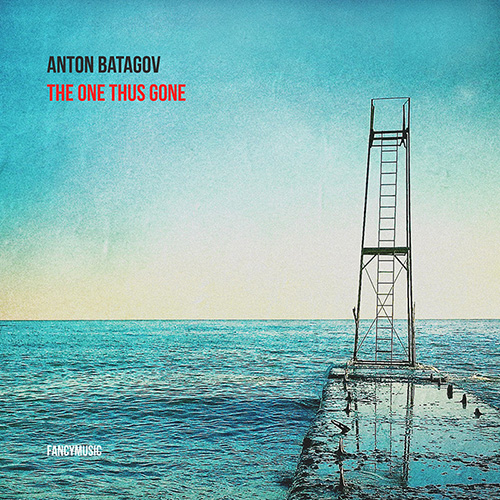
Alexander Manotskov
Asya Sorshneva
Sergey Kalachev “Grebstel”
Vladimir Zharko
Anton Batagov
Ensemble N’Caged
Olga Rossini
Arina Zvereva
Alena Parfenova
Sergey Malinin
Dmitry Matvienko
Ilya Movchan
Sergey Poltavsky
Evgeny Rumyantsev
Featuring Lama Sonam Dorje
В основе моего сочинения – три древних текста.
“Последние слова Сенге Вангчука”. Величайший йогин и мастер медитации Сенге Вангчук, живший в XI – XII веках, произнёс их в момент смерти, когда его тело растворялось в облаке радужного света.
“Молитва Самантабхадры”. Этот текст был спрятан великим мастером Падмасамбхавой в IX веке, а в XIV веке найден другим мастером – Ригдзином Годэмом (1337-1408). Согласно буддийским учениям, Самантабхадра воплощает просветлённое сознание, которое находится в каждом из нас. Услышав свой настоящий голос, мы начинаем пробуждаться от спячки неведения. В конце молитвы сказано, что все существа, которые услышат эти слова, достигнут просветления в течение трёх жизней.
“Поклон тридцати пяти буддам” (первая часть кантаты).
В буддийской традиции есть практика раскаяния в своих грехах, при которой произносятся 35 имен – 35 эпитетов Того, Кто Ушел Туда, и выполняются простирания (земные поклоны).
Отправляясь в это путешествие, вовсе не обязательно быть буддистом. Эти слова предельно универсальны. Они, как законы физики, не имеют религиозной принадлежности. Музыка – тем более.
А в четвертой части в качестве текста использована одна буква: А. Считается, что самая высшая мудрость, самое глубокое знание о том, как устроен мир, для изложения которого во всех тонкостях требуются сотни томов, может быть передано одной-единственной буквой А. Если долго распевать звук А, вслушиваясь в него, ты сам становишься этим звуком. Ты становишься тем, кто ты есть на самом деле, а знание о мире и о тебе самом проникает в тебя без слов и без философии.
Антон Батагов
My composition is based on three ancient texts.
“The Last Words of Senge Wangchuk”, a great yogin and meditation master who lived in the 11th and 12th centuries. This text is constituted of the words he pronounced at the moment of his death as his body was dissolving into a cloud of rainbow light.
“The Prayer of Samantabhadra”. This text was hidden in the 9th century by the great master Padmasambhava, and revealed in the 14th century by another great master Rigzin Godem (1337-1408). The authorship of this text is attributed to primordial Buddha Samantabhadra. Samantabhadra embodies enlightened mind which is present in everyone’s mindstream. After having heard our true voice we start to wake up from ignorance. In the conclusion of this text it is said that all beings who hear this prayer will attain enlightenment within three lifetimes.
“Prostration to the 35 Buddhas”. In Buddhist tradition there is a practice of confession of sins: pronouncing the 35 names of “The One Thus Gone” while doing prostrations (full bows).
It is not at all necessary to be a Buddhist to set off on this journey. These words are universal. Like the laws of physics, they do not belong to any religion. Neither does music.
The text of the 4th (final) movement contains just one letter: A. It is said that the most profound wisdom that needs hundreds of volumes for its detailed explanation can be transmitted through one single letter A. When we sing the sound Ah for a long time and listen to it we become that sound. We become who we really are, and all the knowledge of the universe and that of ourselves enters our mind without any words and philosophy.
Anton Batagov